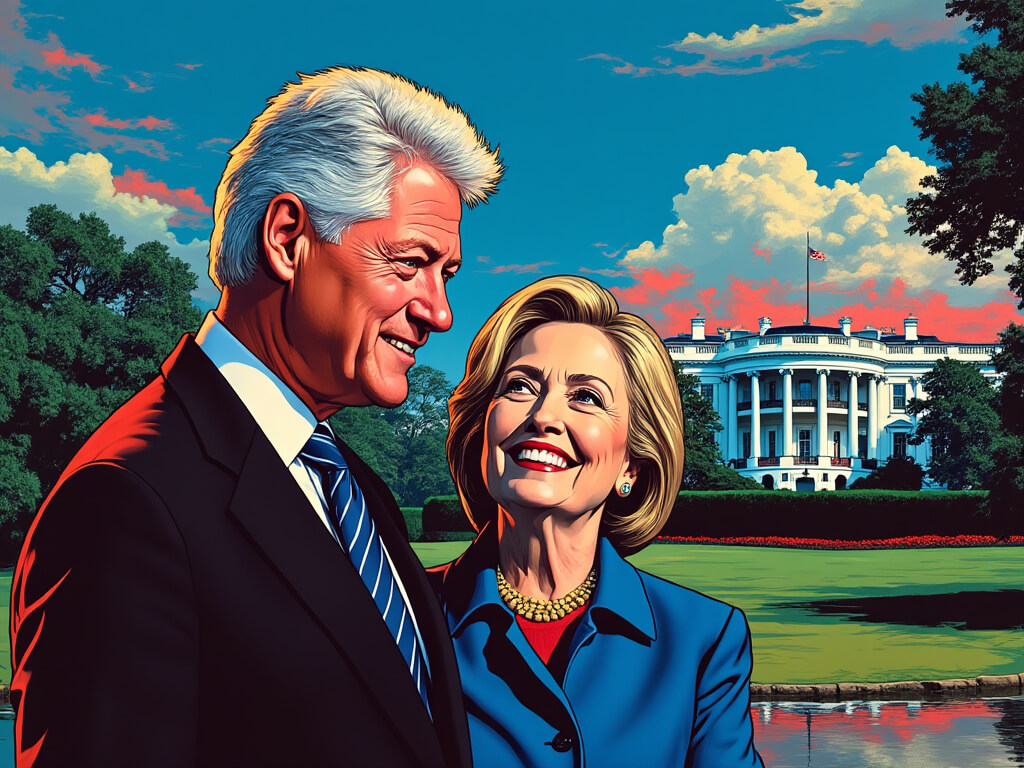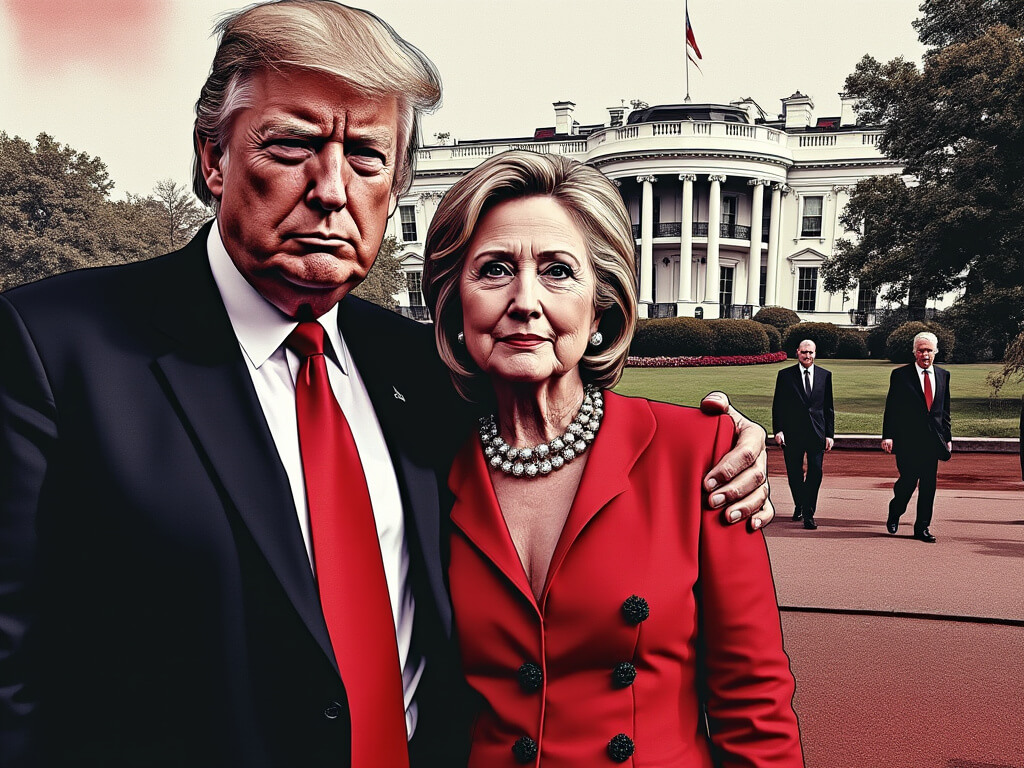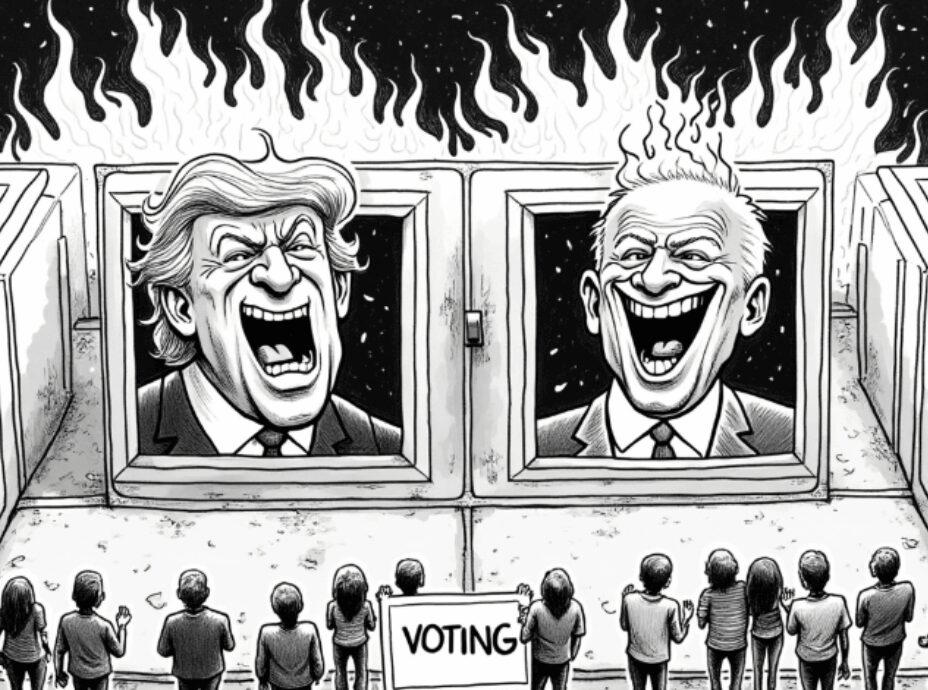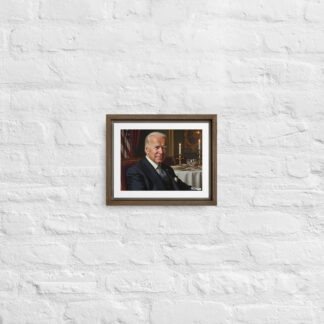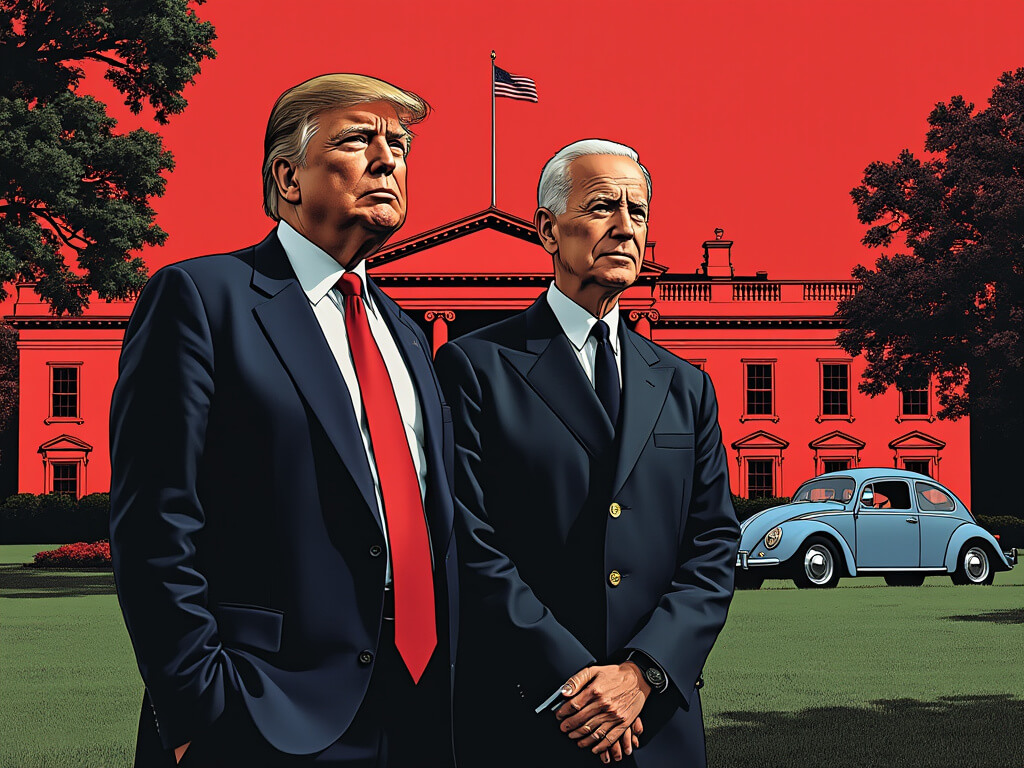
A Turning Point in American Politics
Contrived feelings actively shape contrived thoughts and behaviors. When you participate in performative politics for too long, it warps your mind in the same way. Throughout its history, America’s shifting power structures have continually reshaped the nation’s political identity. These structures have worked to balance unity with division and freedom with control.
For example, the Democratic-Republican Party, founded by Thomas Jefferson and James Madison, laid the groundwork for what would eventually become today’s two-party system. Over time, the U.S. has repeatedly grappled with this evolving identity, moving through periods of alignment and fracture.
The Era of Contrived Feelings, which began in 2015, undoubtedly marks the most troubling chapter yet. During this period, performative conflict, manufactured division, and a growing disconnect between public perception and elite reality have come to dominate American politics. To fully understand how we arrived here, we must carefully examine the threads of unity and fragmentation. These threads, which stretch from the Democratic-Republican Party to the Reagan Revolution, eventually flow through the Nixon-Bush-Clinton-Obama dynasties, and ultimately lead us directly into today’s chaotic political landscape.
The Democratic-Republican Legacy: From Founding to Fracture
The Democratic-Republican Party, founded in the 1790s, was a coalition of Jeffersonian idealists who opposed the Federalist vision of a strong central government. Jefferson and Madison emphasized states’ rights, individual liberty, and a government that worked for the agrarian common man. This unifying party dominated the political landscape during the “Era of Good Feelings” (1815–1825). This was a time when partisan conflict seemingly disappeared. However, this unity masked internal divisions over economic policy, regional interests, and slavery, culminating in the party’s fracture during the election of 1824.
The infamous “Corrupt Bargain,” in which John Quincy Adams secured the presidency through a backroom deal with Henry Clay despite Andrew Jackson winning the popular vote, shattered the illusion of unity. The Democratic-Republican Party splintered, giving rise to modern political factions. Yet, the foundational ideals of the Democratic-Republicans—limited government, sovereignty, and populist rhetoric—remained latent in American politics, awaiting reemergence.
Nixon and Bush: The Foundations of Modern Uniparty Control

The seeds of modern contrived feelings were planted under Richard Nixon, who represented a pivotal moment in the consolidation of elite power. Nixon’s pragmatic governance sought to appeal to both ends of the political spectrum, blending conservative law-and-order rhetoric with liberal economic interventions such as wage controls and environmental protections. His strategic appointments, including George H.W. Bush as U.N. Ambassador and later as RNC Chair during Watergate, cultivated a political dynasty that would shape American politics for decades.
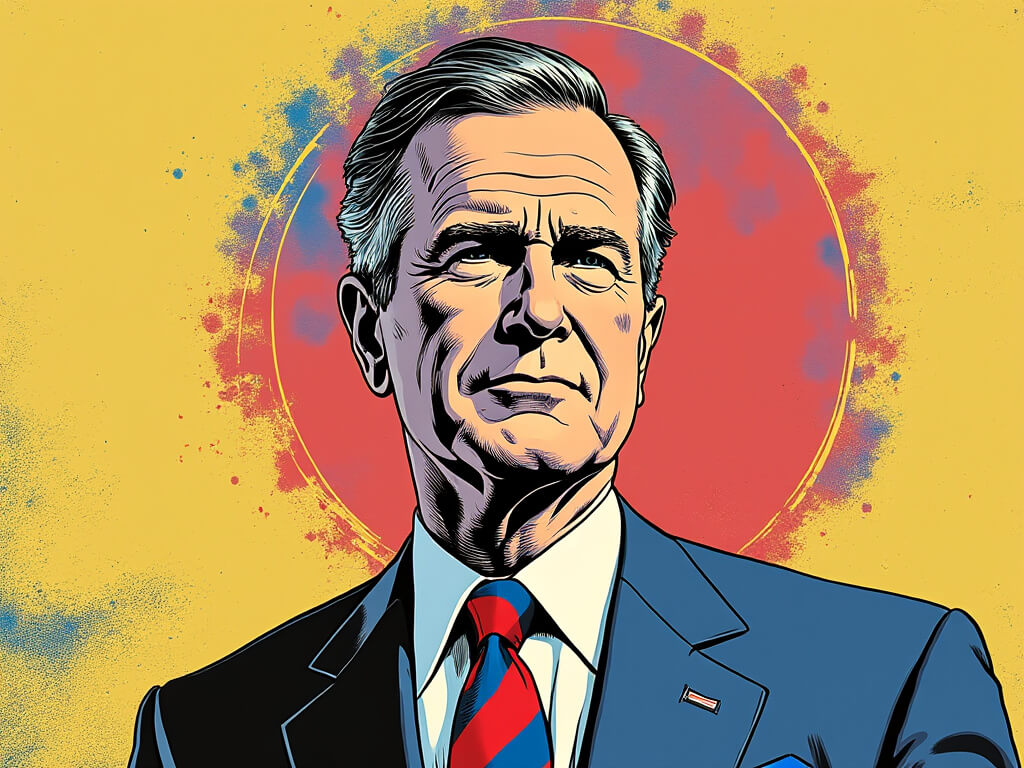
Bush’s career symbolized the rise of a dynastic elite, crossing party lines and transcending traditional partisan identities. His presidency, followed by his son’s, reinforced continuity in U.S. foreign policy, military expansion, and corporate globalization. Even after Bush’s presidency, the dynasty’s influence persisted through figures like Bill Clinton, Barack Obama, and Donald Trump, whose policies often reflected the same elite consensus despite populist rhetoric.
Reagan Democrats and the Illusion of Unity
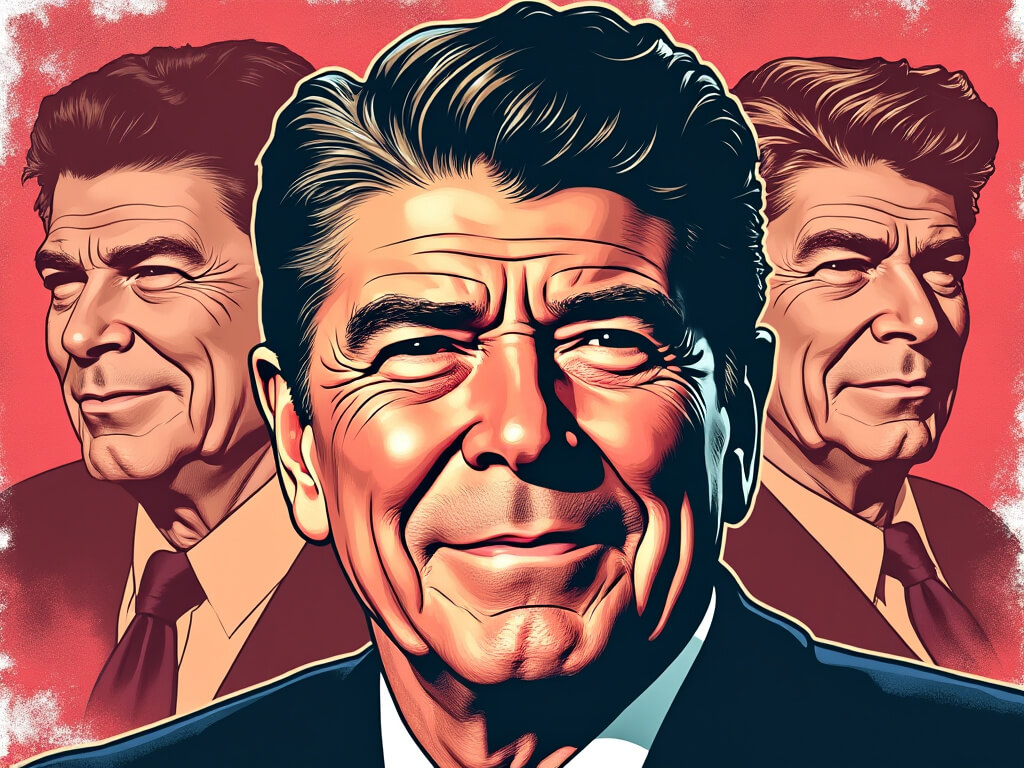
The 1984 election therefore marked the culmination of modern unification under Ronald Reagan. In fact, his overwhelming victory, carrying 49 states, demonstrated unprecedented popularity across traditional partisan divides. As a result, the term “Reagan Democrat” captured the essence of this unification: working-class, traditionally Democratic voters who embraced Reagan’s vision of limited government, patriotism, and economic optimism.
However, Reagan’s policies laid the groundwork for the Uniparty Paradox, where ideological opposition between parties existed largely in rhetoric while leadership aligned on core priorities like corporate globalization and federal expansion. This duality created a fertile ground for the contrived feelings that dominate today.
The Era of Contrived Feelings (2015–2025)
The Era of Contrived Feelings, which began in 2015, represents a dramatic escalation in performative politics and manufactured division. Social media platforms, partisan media outlets, and elite political actors have amplified perceived polarization to distract from shared agendas, reinforcing the illusion of a deeply divided nation.
Key Characteristics:
- Performative Division
Social media created echo chambers rewarding outrage, deepening perceived polarization. However, much of this division was manufactured to fragment the electorate while maintaining elite control. - Loss of Authentic Beliefs
The constant barrage of partisan narratives left many Americans unsure of their own values, aligning with “their side” out of habit or fear rather than conviction. - Policy Continuation Over Partisan Conflict
Despite fiery rhetoric, both parties advanced similar policies on globalization, military intervention, and corporate deregulation. This alignment persisted across administrations, from Bush to Clinton.
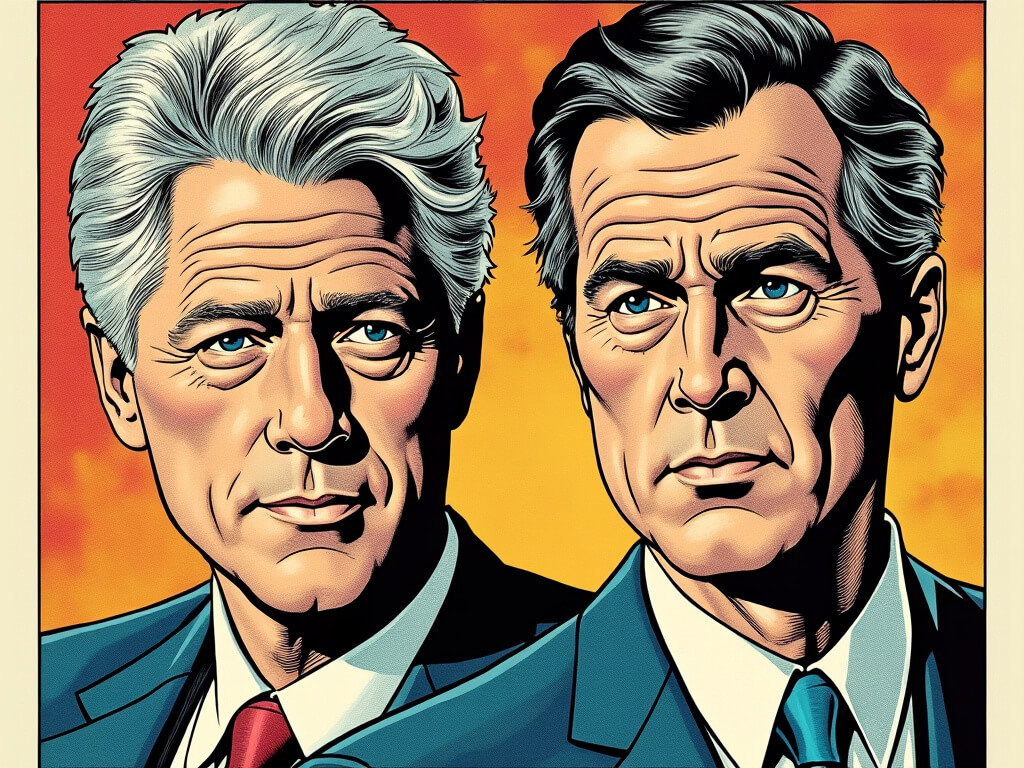
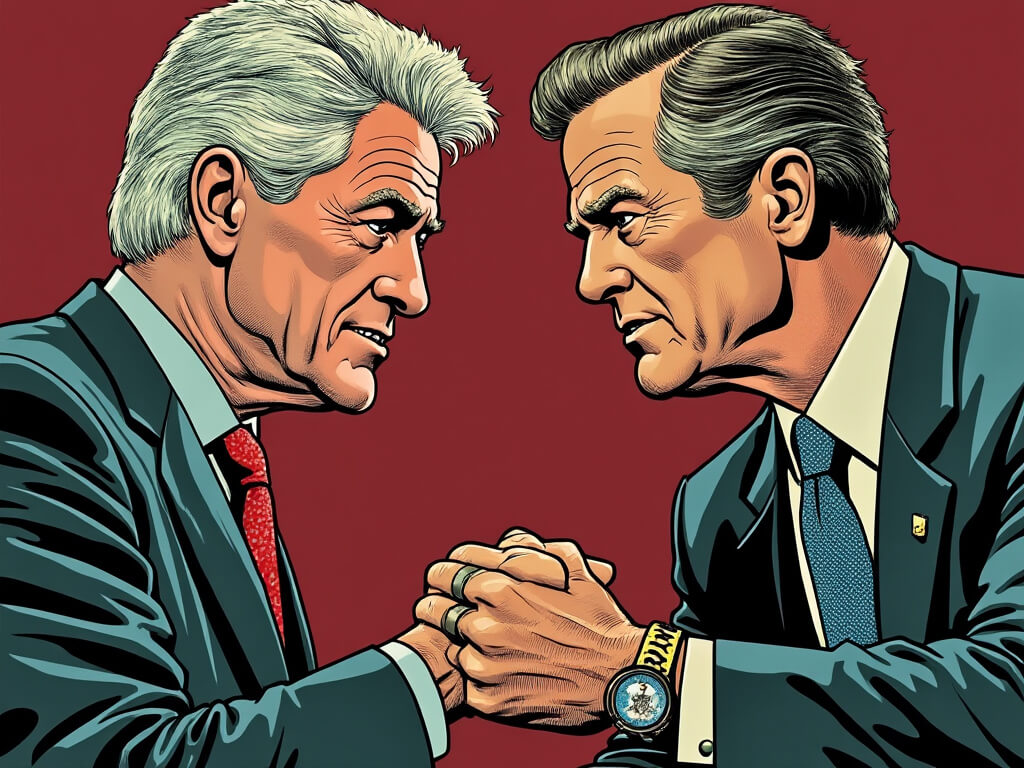
2025: A Dramatic Conclusion
The conclusion of the Era of Contrived Feelings is projected to be as tumultuous as the election of 1824. The growing constitutional crisis and escalating institutional tensions—federal vs. state, party elites vs. members—could force America to confront its fractured system.
Potential Outcomes:
- Backroom Deals and Uniparty Facades
Efforts like Project 2025 or Trump’s potential second term may attempt to sustain the illusion of opposition while secretly reinforcing elite unity. - Institutional Conflicts
Today’s divisions are institutional, not geographic:- Federal vs. State Governments: Resistance to federal overreach continues to grow.
- Elite vs. Voter Divisions: Party leadership drifts further from its base.
- Reform or Fragmentation
Breaking the cycle may require electoral reform, decentralization, and dismantling structures that perpetuate elite control.
A Glimpse of the Future
The conclusion of the Era of Contrived Feelings could usher in transformative change. Possible scenarios include:
- The Reunification of the Democratic-Republican Party
Acknowledging elite unity could dissolve the current party system, paving the way for new political movements. - The Rise of Multiparty Democracy
A fractured electorate could give rise to multiple parties reflecting the diverse values of modern Americans. - Nonpartisan Political Power
Civic leaders free from party affiliation could embody George Washington’s warning against partisanship and steer America toward genuine unity.
The End of IllusionsThe Era of Contrived Feelings has exposed the contradictions of modern American politics: a system claiming division while operating as a unified elite. As this era reaches its dramatic conclusion, America faces a pivotal opportunity to reclaim authenticity, reform its institutions, and prioritize unity over manufactured conflict. Whether this transition leads to renewal or further fragmentation depends on the ability of citizens to see through contrivances and demand a government that truly represents them.
